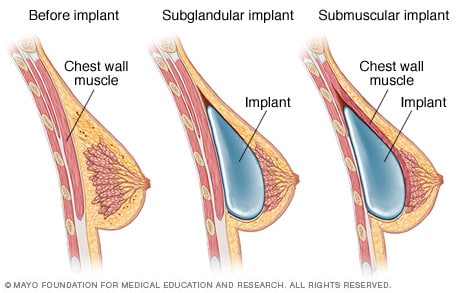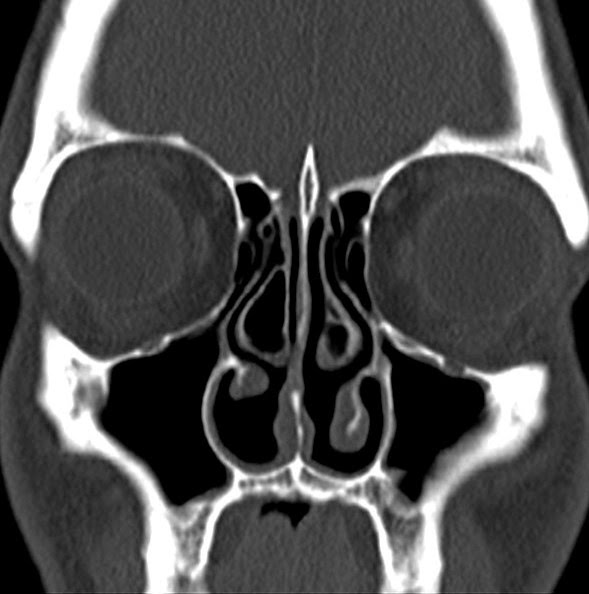
Transgender Breast Implants are surgery procedures that aim to give women a more feminine upper torso. Patients must follow a hormone regimen for at least 18 months following surgery. Patients will experience a loss of body hair and fat tissue in the breasts, which will allow them to have a more feminine shape. The breast size of patients is usually an A or B cup.
Prices
The cost of transgender breast implants starts at $1999 for saline implants and can reach up to $25,000 for silicone implants. There are many factors that influence the cost of this procedure, such as the type and price of the implant, the fees of the surgeon, and previous surgeries. BMI (body mass index) also has an impact on the cost.
Transgender surgery is considered cosmetic surgery in Australia. Therefore, it is not eligible under Medicare for rebates or early access into superannuation. You can find a surgeon who will perform the procedure in Australia. The Australian Professional Association for Transgender Health provides a list with a list accredited clinics and surgeons. However, you need to be aware about the possible risks.
Anatomy
The anatomy of the transgender breast is different from that of a biological female. A genetic male tends to have a larger chest, wider shoulders, and a smaller internal fold than a female. Implants placed behind the NAC can cause a loss of shape or fullness. Implants placed slightly medial may give you a more feminine, smoother look and more cleavage. Fat grafting may also be used to correct this issue.

A surgeon can create a more natural-looking breast implant if he can accurately measure the size and shape the patient's breasts. It can be done using silicone or saline breast implant. The most preferred choice is silicone breast implants. There are three types to choose from: smooth, texture, or shaped silicone breast implant. A doctor may use an anatomic sizer to find out which ones would look best on a transgender patient. To get an accurate idea of the patient's breast size, the surgeon might also use a computer simulation.
Procedures
Transgender breast surgery (male to woman) is simple and can transform you into a woman. This procedure can be performed in one or two stages, depending on your needs and preferences. A tissue expander can be used in the first stage to stretch the lower pole skin so that it can accommodate a larger device. The second stage involves implant placement.
In order to prepare you for the procedure, it is important that you are in good health. You can get specific instructions from a specialist in breast augmentation or reconstruction. Transgender patients should be able to understand their bodies and how they will feel about the procedure.
Problems
Transgender females who wish to enhance their breast size run the risk of having implants ruptured or asymmetrically placed. These complications can also result in the need to have a reoperation. There are increased risks for transgender women undergoing gender affirming surgery.
The World Professional Association for Transgender Health(WPATH) established standards for patient care for transgender women undergoing breast augmentation. These guidelines provide a guideline for the preoperative care of transgender patients.

Long-term results
It can be difficult to determine the long-term impact of transgender breast surgery. Some patients may have complications. Although transgender woman are generally happy with their results, there may be some regrets. Most women who have the surgery are satisfied with their results and less than 3% regret it. Transgender women can experience discomfort following the surgery, in addition to the potential for complications. There are many procedures that can help transgender women feel more comfortable.
Capsular contracture is rare in transwomen, but it can still happen. This condition was reported by about 3% transwomen. Only 1% of the patients who had this surgery had had their implants removed. This is a low rate, but it is significant enough to warrant further research.